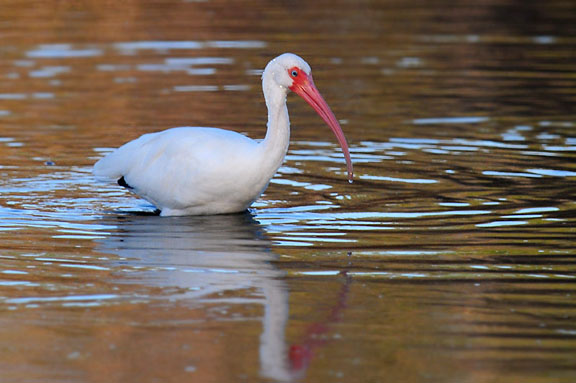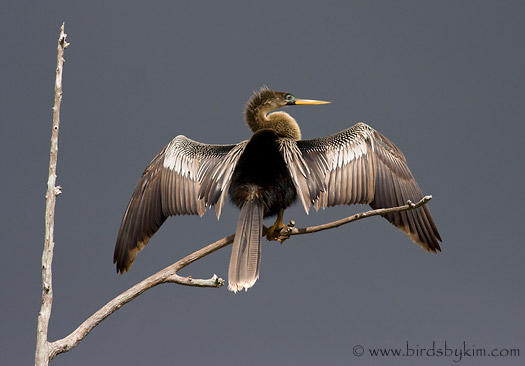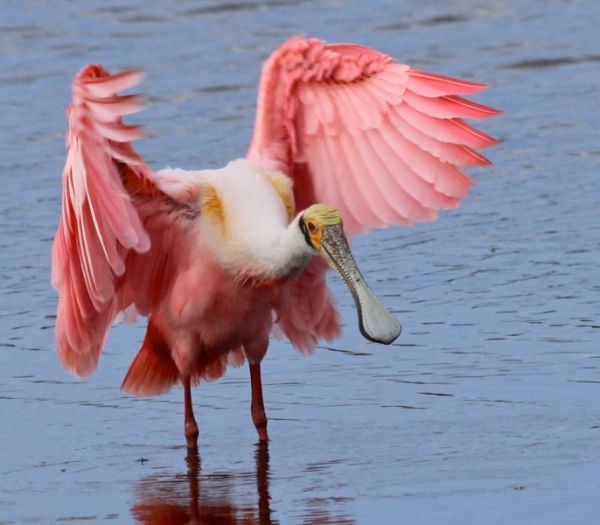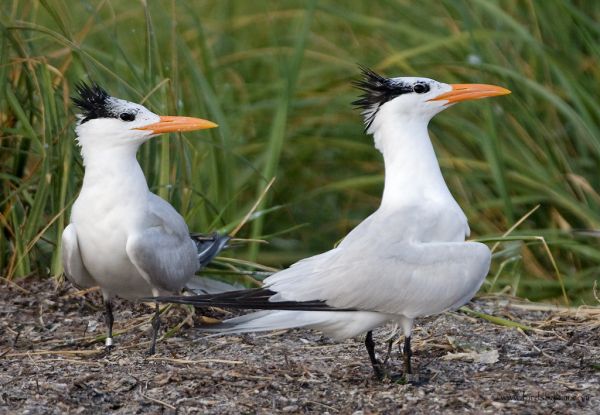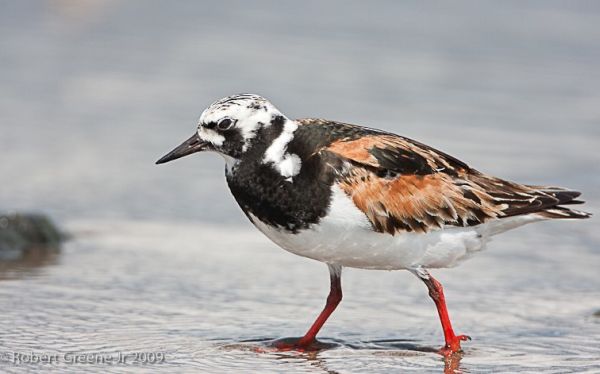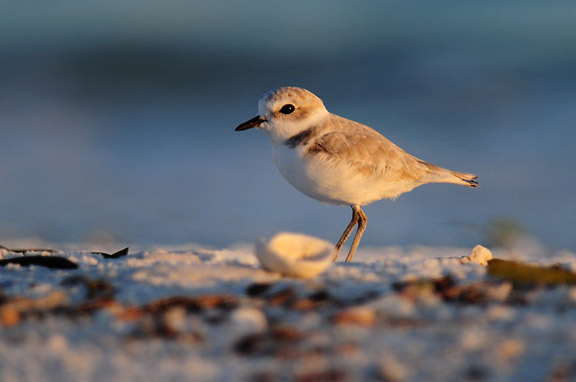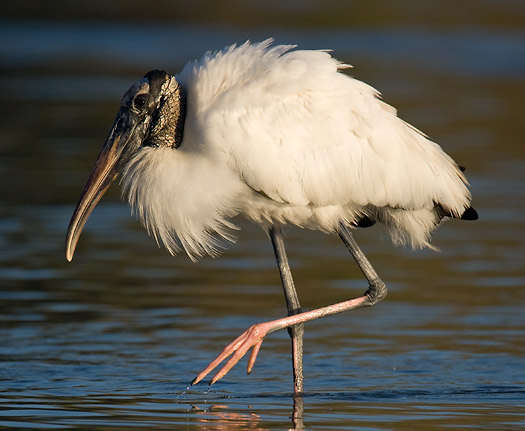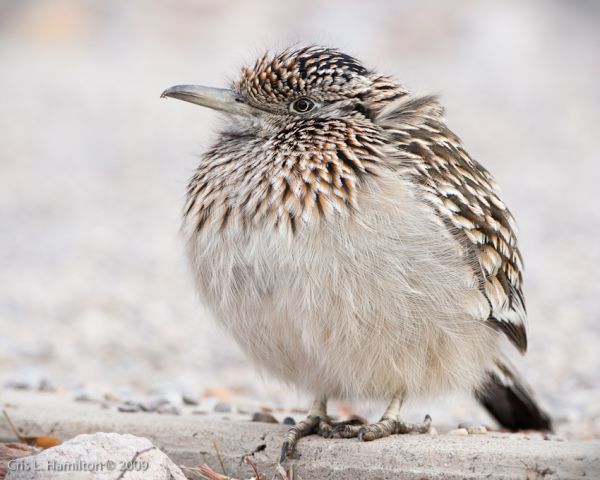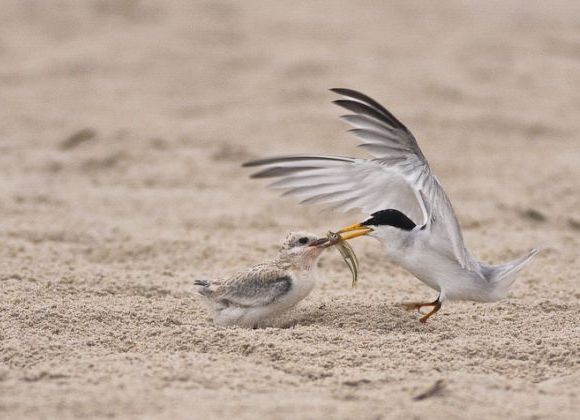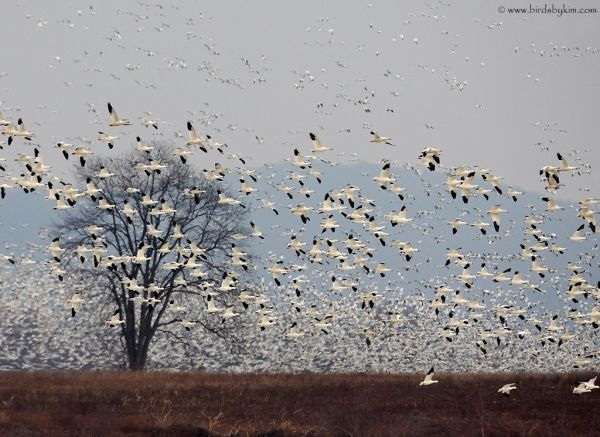
11 March 2010
Snow geese are so unusual in southwestern Pennsylvania that it’s incredible there are 120,000 of them in the state — and none here — but that’s how many were at Middle Creek Wildlife Management Area yesterday.
Middle Creek is on the border of Lebanon and Lancaster Counties, squarely on the migration path of waterfowl travelling from the Atlantic coast to their breeding grounds in the Arctic and northern Canada. In early March the lake hosts as many as 250,000 snow geese, 8,000 tundra swans and a wide variety of ducks.
I went there last Sunday to get my annual dose of birds. The weather was great and all day long the waterfowl numbers increased. As we watched from Willow Point more birds arrived from the south than flew off to the north. Every day must have been like that this week. There were 45,000 snow geese last Sunday. Now there are three times as many.
Yes, 120,000 birds in a huge flock on a small lake. Imagine when the entire flock takes off at once in fear of a lone bald eagle overhead. Their flight is controlled chaos. Such noise and excitement! It’s a wonder they don’t hit each other in the air.
So if you can, set aside some time to visit Middle Creek this weekend. (Click the links in the text above for more information.)
What a migration spectacle!
(photo by Kim Steininger. We were both there last Sunday.)
